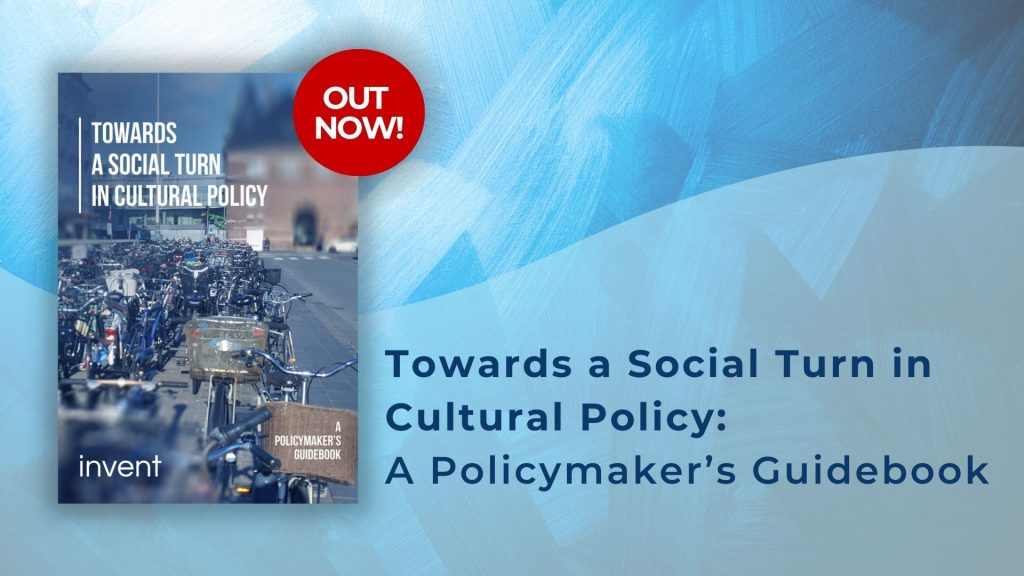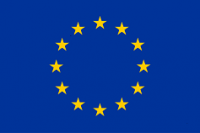The COVID-19 pandemic has created an economic and social crisis that has both revealed and exacerbated already strong trends in many areas of society, while also creating new spaces for reflection and questioning. What are specific trends in the cultural sector that are being exaggerated by the COVID-19 pandemic? What did it mean to go digital for art and cultural organizations? How did artists cope with not being able to travel or perform? What did it mean for audience engagement?
In this blogpost, INVENT researchers Višnja Kisić and Goran Tomka discuss how COVID-19 has intensified the precarity of cultural workers, domestication of their work, and the digitalization of cultural production and consumption – the trends that were all there prior to the pandemic, but to a much lesser extent. In the next blog (Part II) we discuss what kinds of trends in the cultural sector the pandemic has sidelined and reduced. Do you recognize these trends in your own life since COVID-19? If so, please share your experiences in the comments section.
The Centre for Empirical Cultural Studies of South-East Europe (CESK), along with their regional partners, implemented the research ‘Now it is only more visible: Life and Work of Cultural Workers in the Times of the Corona Pandemic’ from May to July 2020 to answer some of these questions. More than 550 cultural workers from the societies of South-East Europe took part in an online survey questionnaire. The aim of the research was to document the living and working conditions of cultural workers in the region of South-East Europe during the COVID-19 pandemic and identify the tendencies which will, as a consequence of the crisis, probably alter both the life and the artistic productivity of cultural workers in the societies of South-East Europe.
The research indicated that the COVID-19 crisis has furthered the unstable position of cultural workers and made it even more precarious. From the beginning of the crisis, in most countries that have been surveyed, the average monthly income has been halved, and continues to decrease. For those respondents whose job is related to international or national projects, the discontinuation of funding has been a serious threat. Funders have reacted in different ways, co-financing has been interrupted, events postponed, and activities unable to be realized. Projects have been put on hold or canceled while being in the middle of the project was equally devastating. For some, however, the pandemic brought about a sense of “loosening up”, a “better work-life balance”, and more time to reflect on their “normal” working conditions.

Another trend fostered by the pandemic is increased domestication of work and the blurring of living and working dimensions, especially during lockdown. For some respondents, the lockdown and working from home meant more time to paint, write or compose in tranquil surroundings, or to better combine work and domestic care and time shared with the family. On the contrary, those artists whose art form is performative, collective, and requires the presence of an audience – such as musicians, actors, or dancers – all reported that they have struggled to work without venues, rehearsals and audiences.
The third trend that has been accelerated is the digitalization of work. Some respondents claim that more screen time, as well as greater accessibility of cultural content online, means finding out about new methods, techniques, materials and art pieces globally, joining or exploring new professional networks and (re)connecting with new or old colleagues. On the other hand, digitalization created a very specific workflow and demanded new (often personal) investments in equipment and connection infrastructure.
As cultural exchange has shifted online, the troubling issues of cultural participation have also arisen. While the sudden online accessibility of the cultural offer created many new opportunities. it, however, negatively affected lesser-known, localized organizations and artists on the semi-peripheries such as those in the SEE region. Many of the respondents have reported that their organizations were struggling hard to attract and engage their audiences even before the pandemic. Consequently, with the COVID-19 outbreak, they are afraid that with the further digitalization and globalization of cultural consumption, local cultural habits will be lost, and that it might be very hard to get people back to theaters, concert venues, museums and galleries, and in particular to independent cultural centers.
INVENT
Within the INVENT project we are further looking at the patterns of cultural participation of audiences across Europe, as well as to what audiences (have) miss(ed) due to the COVID-19 pandemic. This Spring we will conduct a smartphone study to tap into the immediate experiences of those who visit cultural venues and see what different cultural events bring to different audiences. But, before these results are out in public, we would like to know – do you recognize these trends in your own life since COVID-19? If so, please share your experiences in the comments section.




 This project has received funding from the European Union’s Horizon 2020 research and innovation programme under grant agreement No
This project has received funding from the European Union’s Horizon 2020 research and innovation programme under grant agreement No
Leave A Comment